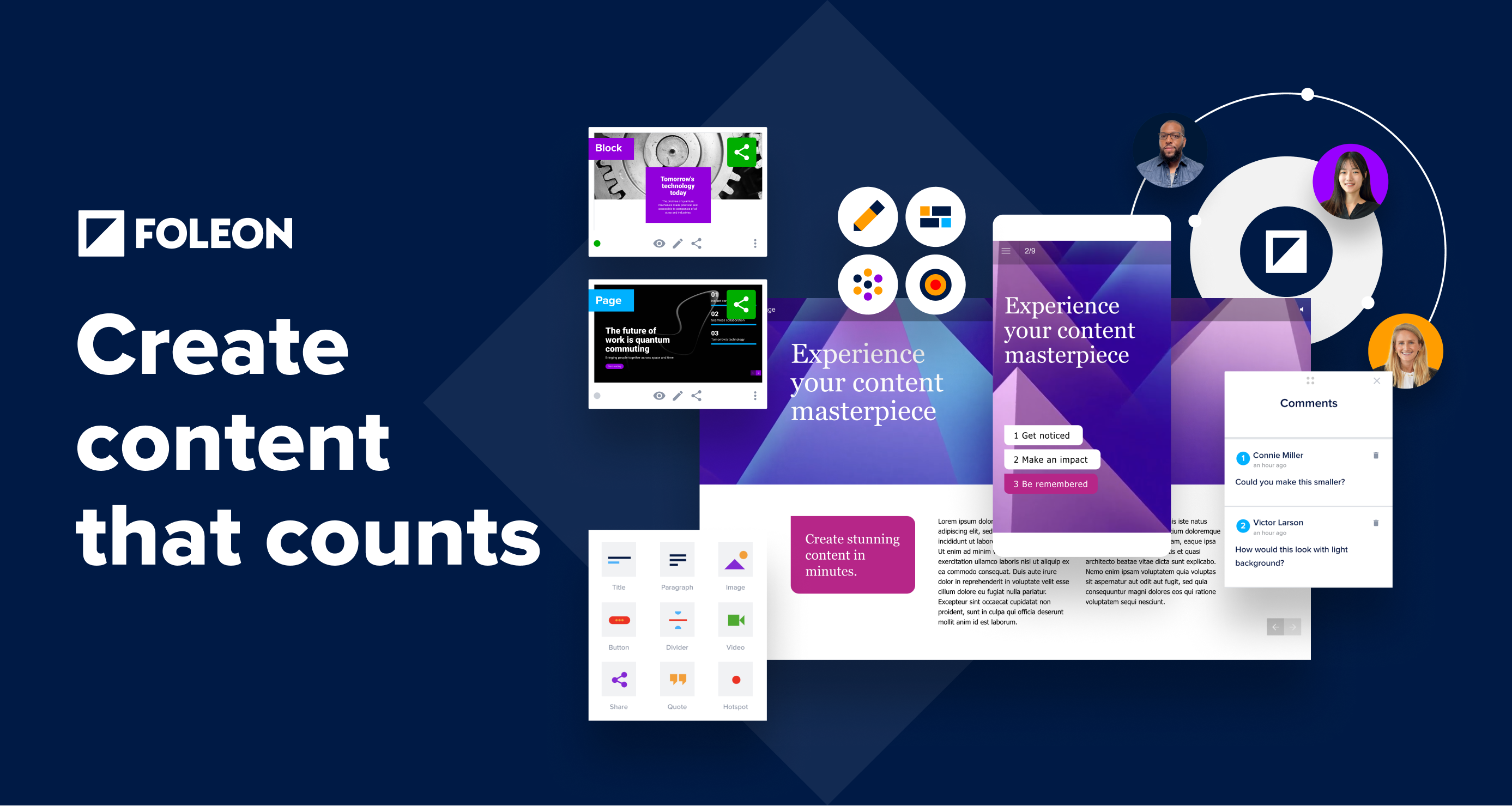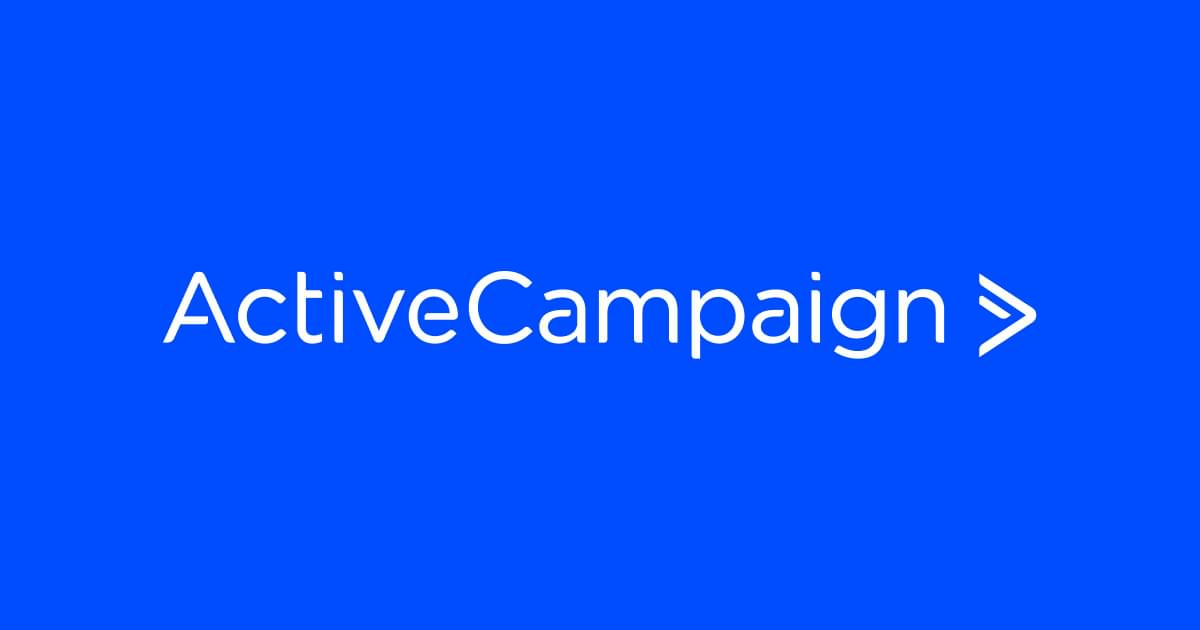- Marketing in the Age of Machines
- Posts
- How Scarcity Psychology Drives Billions in Sales and How to Use It Ethically
How Scarcity Psychology Drives Billions in Sales and How to Use It Ethically
A weekly email with the best of marketing, AI, and business.

You are receiving this email because you subscribed to Castleberry’s newsletter. https://www.castleberrymedia.com/
Welcome to Marketing in the Age of Machines. Each week, we bring you the following:
👉 An innovative marketing strategy that has worked for others.
👉 The 3 most relevant contents in marketing, AI, and business that will help you understand the ever-changing landscape.
👉 3 tools for the Marketer of the Future.
👉 The quote of the week. A simple take on everyday marketing concepts.
Problem
Humans do not make purely rational decisions; instead, they are driven by deep psychological triggers that have evolved over millions of years. One of the most powerful of these triggers is scarcity, which exploits the fear of missing out and the assumption that rare items must be valuable. Businesses often struggle to capture consumer attention and drive conversions, failing to understand how these psychological principles influence decision-making.
Solution
Dr. Robert Cialdini’s research on persuasion uncovered six core principles, with scarcity proving to be one of the most effective. Studies, such as Qubit's analysis of over a billion ecommerce transactions, confirmed that scarcity—especially when combined with social proof—dramatically increases sales. Luxury brands and online retailers leverage this insight by emphasizing limited availability and high demand to create a perception of exclusivity and urgency, driving consumer action.
Lesson
The ethical application of psychological triggers like scarcity is key to sustainable success. Rather than fabricating false shortages, businesses should create genuine scarcity through innovation, craftsmanship, and unique value propositions. When applied authentically, these principles not only boost sales but also build trust and long-term customer loyalty.
Meet Dr. Robert Cialdini.
For decades, he studied a single question:
What makes humans say "yes"?His findings transformed marketing forever.
And one discovery was so powerful, it generates billions in sales every year.
Here's what he found:
— GC Cooke (@thegrahamcooke)
5:00 PM • Nov 28, 2024
1/. B2B Lead Generation Strategies
In today’s fast-paced B2B landscape, lead generation has evolved, and traditional methods like gated PDFs are no longer sufficient for maximizing ROI. Marketers need to focus on creating personalized, interactive content experiences that engage prospects across multiple devices and channels. By integrating advanced lead generation technology and leveraging data analytics, businesses can better identify high-quality leads, track engagement in real-time, and optimize their strategies. This post dives into how B2B marketing can shift from outdated methods to a smarter, more data-driven approach for better results.
Insights for B2B Marketing Directors:
Ensure your content is mobile-optimized and interactive, offering seamless experiences across devices and platforms to engage prospects wherever they are.
Track engagement metrics such as time spent on pages, CTAs clicked, and content shared to gain deeper insights into lead quality and optimize your content strategy.
Read the full post here:
Are you using the latest strategies for B2B Lead Generation?
Take our 9-question quiz to gain insights into whether your brand is using the latest B2B Lead Generation strategies.
2/. Top 11 B2B Content Marketing Trends for 2025
The digital marketing landscape in 2024 has been marked by rapid advancements in AI, shifts toward Google Analytics 4, and evolving trends in content creation and optimization. Looking toward 2025, it’s clear that creating valuable, user-centric content remains essential. The key trends for B2B content marketing include highly targeted content, leveraging audience behavior insights, AI-powered tools, and the continued rise of short-form video and podcasts. Understanding these shifts will be crucial for marketers aiming to stay ahead of the curve.
Watch the full post here:
3/. Forrester’s B2B Marketing & Sales Predictions 2025.
Forrester’s 2025 B2B marketing and sales predictions highlight key shifts in the industry, including the rise of digital self-serve channels for large transactions and the increasing influence of younger buyers. With Millennials and Gen Z taking charge of purchasing decisions, B2B organizations will need to focus on improving customer interactions rather than just processing transactions. The report also touches on the challenges organizations face, such as the failure of many to reorganize successfully and the impatience with AI investments that may hinder long-term growth. B2B marketing leaders should prepare for these shifts to stay competitive in 2025.
Watch the full post here:
👉 Tools in the Age of Machines:
ActiveCampaign: A customer experience automation platform that helps businesses manage email marketing, marketing automation, and sales processes.
Wand AI Canvas: An AI-powered app that allows users to create and customize digital art and designs with ease, using intuitive tools and templates.
TalkText: A platform that converts audio content into written text, providing transcription and note-taking services with a focus on accuracy and ease of use.
To stay relevant in B2B, your content must evolve with your audience's shifting expectations and behaviors.




